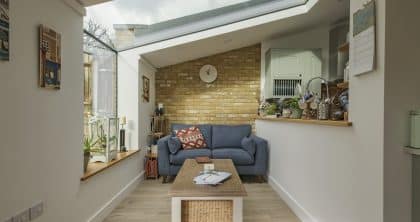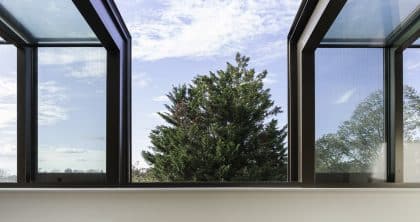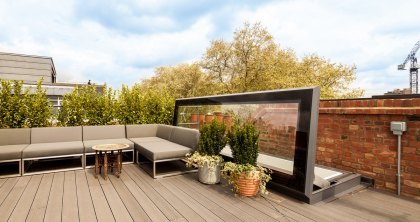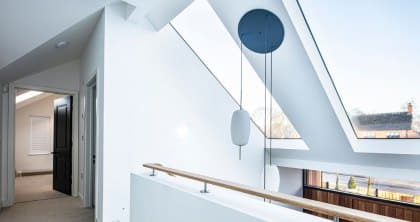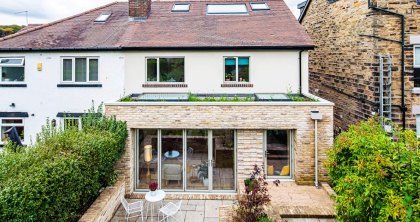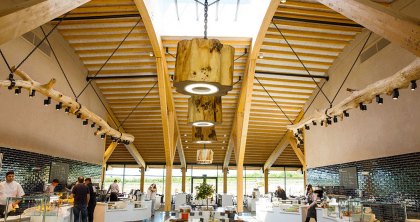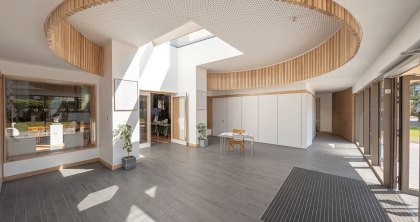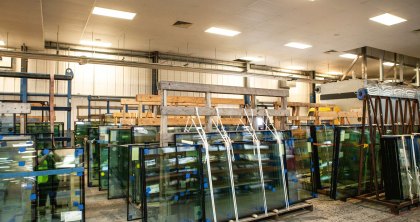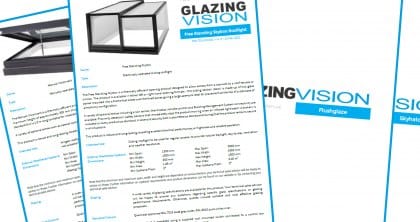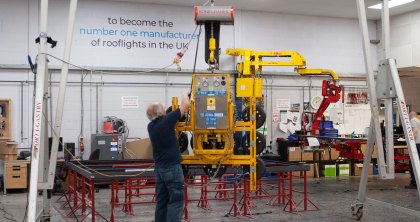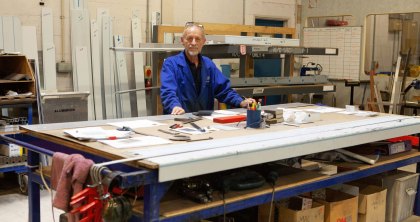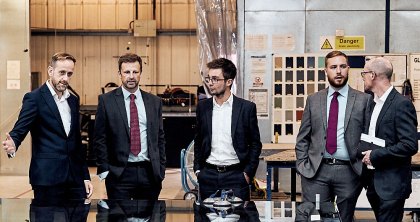Posted on September 25, 2015 in Blog
- Home
- Rooflights
- Roof Windows
- Bespoke Service
- Inspiration
- Resources
- Guide to Extensions
- Approved Document L Whitepaper
- Guide to Specifying Glass in Rooflights
- Specifying Roof Terraces Guide
- Rooflights and Roof Windows Guide
- Inspirational Kitchen Design Ideas
- Thermal Performance Whitepaper
- Approved Document Q Whitepaper
- Approved Document K Whitepaper
- Guide to Improved Daylight & Ventilation
- Approved Document F Whitepaper
- Approved Document O Whitepaper
- Case Studies
- Blog
- ESG
- About us
- Contact us
For glass used in buildings to achieve the thermal efficiencies required by current UK Building Regulations, a low emissivity (low e) glass will need to be used within a double or triple glazed sealed unit. Low e glass has a special coating applied to one of the glass faces; this can be either a ‘hard coat’ or ‘soft coat’ depending on the actual coating process used.
How does low e work?
Heat energy from the sun is a radiant heat in the Infra Red spectrum, which is short wave radiation. This heat energy coming through the glass heats up the building fabric and furnishings, in addition to any internal heat sources such as the heating system. The heat radiated off the fabric and furnishings is long wave radiation; the low e coating on the glass allows most of the visible light to pass through as well as the short wave heat energy, but blocks long wave energy from passing through. This ensures the heat from inside the building is reflected back into the room and so heat losses are significantly reduced.
In simple terms, low e glass has a microscopically thin transparent coating made from tin, silver or zinc, which is applied during the manufacturing process. It is designed to prevent radiant heat loss through the glass by reflecting heat back into the building. This combined with modern cavities that utilize Argon gas and warm edge spacer bars for improved thermal performance, help to maintain a stable temperature inside the building by limiting heat loss back out through the glass.
Where can it be applied?
Double glazed units have four faces; counting from the outside in, you have external face one, followed by faces two and three which are both opposite the internal cavity. Face four is internal to the actual room itself.
Low e coatings are always applied to either face two or three. In the UK where the aim is to block heat loss, the coating is marginally more effective on face three where it is closer to the interior of the building.
Difference between hard coat and soft coat low e
The difference between hard and soft coat low e is linked to their respective manufacturing processes. Hard coat is manufactured using what is known as a pyrolytic process; tin oxide is applied directly to the molten glass on the float line, fusing with the glass and producing a durable coating.
Soft coat low e uses a thin layer of silver, applied using a ‘sputter’ process to a pre-cut section of glass in a vacuum chamber at room temperature. The finish is referred to as ‘soft coat’ as the coating remains fairly delicate (which is why soft coat is always found on face two or three).
Soft coat low e has a lower emissivity than hard coat and therefore can achieve lower u-values for superior thermal performance. A typical double-glazed unit with soft coat low e coating and an Argon filled cavity will achieve centre pane u-values of 1.1 W/m²K, whereas hard coat will achieve 1.5 W/m²K.
For more information on toughened glass for rooflight specification, contact the technical team or book a CPD.

